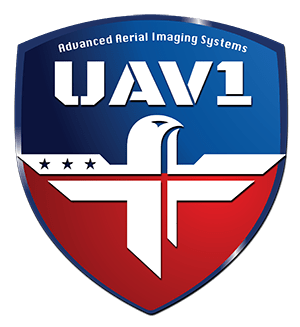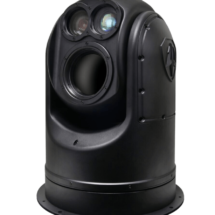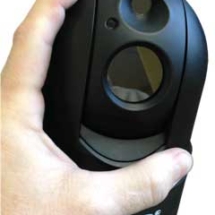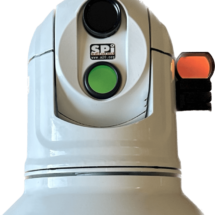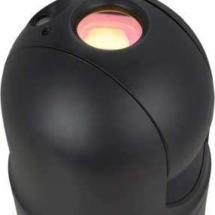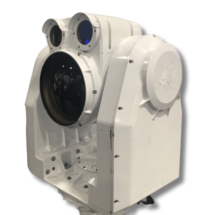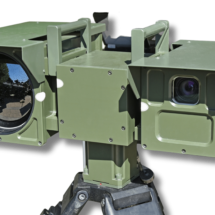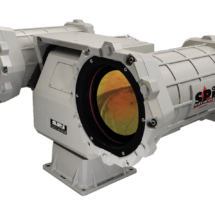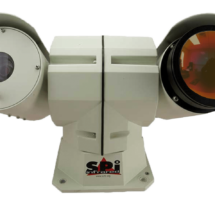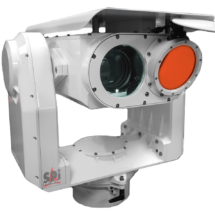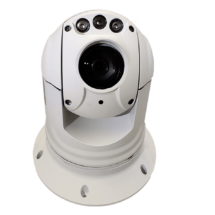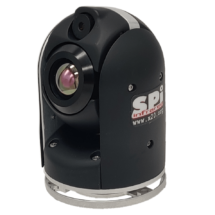Exploring the Science Behind Optical Gas Imaging (OGI) in SPI’s Thermal PTZ Cameras
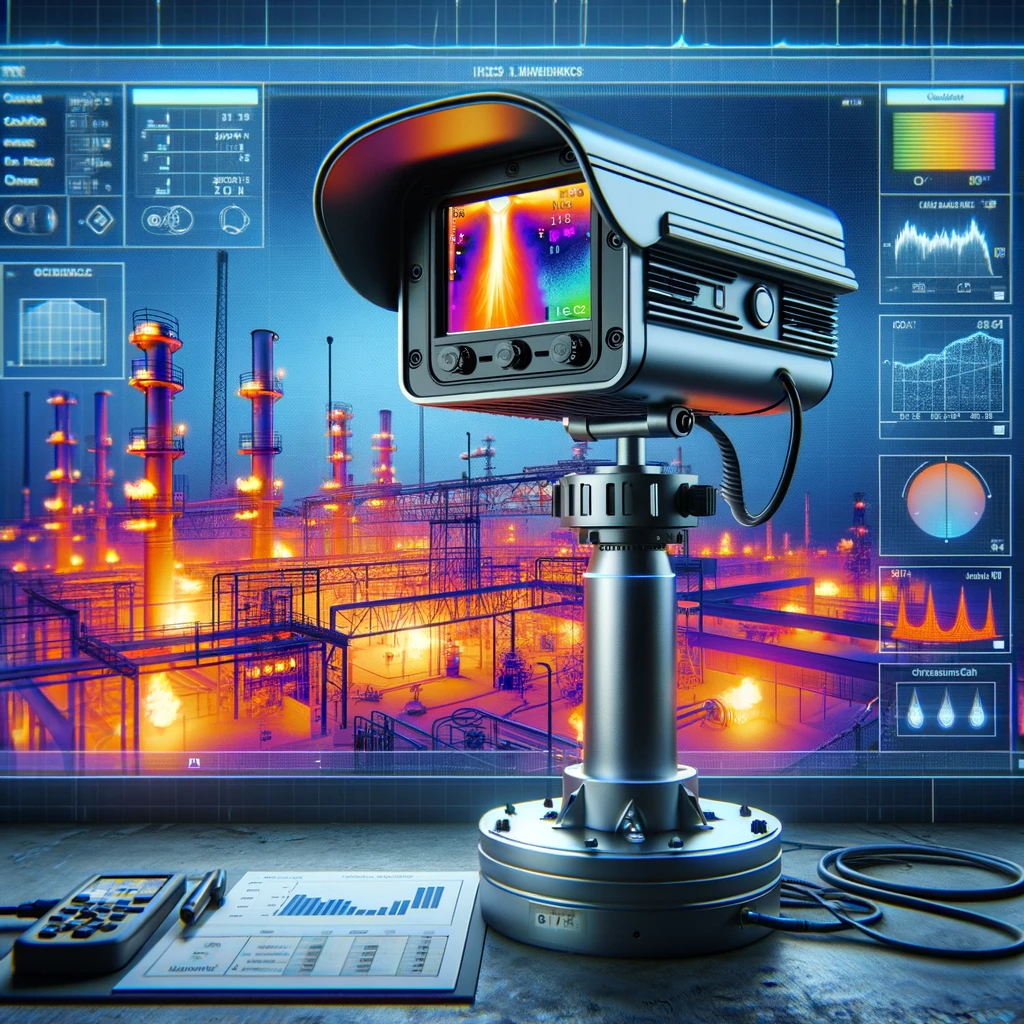
Introduction
Optical Gas Imaging (OGI) technology, especially when integrated into SPI’s Thermal Pan-Tilt-Zoom (PTZ) cameras, represents a significant leap in surveillance and monitoring capabilities. This in-depth exploration delves into the scientific principles of OGI, its implementation in PTZ cameras, and the automation features that enhance its functionality.
The Science Behind Optical Gas Imaging
- OGI is based on the principle of infrared (IR) spectroscopy. Every gas absorbs infrared light at specific wavelengths, known as its absorption spectrum. These unique spectral signatures enable the identification of different gases.
- Infrared Detectors: OGI cameras are equipped with highly sensitive IR detectors that capture infrared radiation emitted or reflected from objects.
- Spectral Filtering: These cameras use spectral filters tuned to the specific wavelengths absorbed by the target gases. When these gases are present, they absorb the IR radiation, causing a decrease in the detected IR intensity.
- Image Processing: The camera’s processing unit converts the differences in IR intensity into a visual image, rendering the gas cloud visible against the background.

Implementation in PTZ Cameras
Incorporating OGI into PTZ cameras involves several key components:
- Thermal Imaging Core: The heart of an OGI-equipped PTZ camera is its thermal imaging core, which captures thermal IR radiation.
- Pan-Tilt-Zoom Functionality: The PTZ mechanism allows the camera to cover a wide area, adjust its field of view, and zoom in for detailed inspection.
- Calibration for Gas Detection: OGI cameras are calibrated to detect specific gases, adjusting for their unique absorption characteristics.
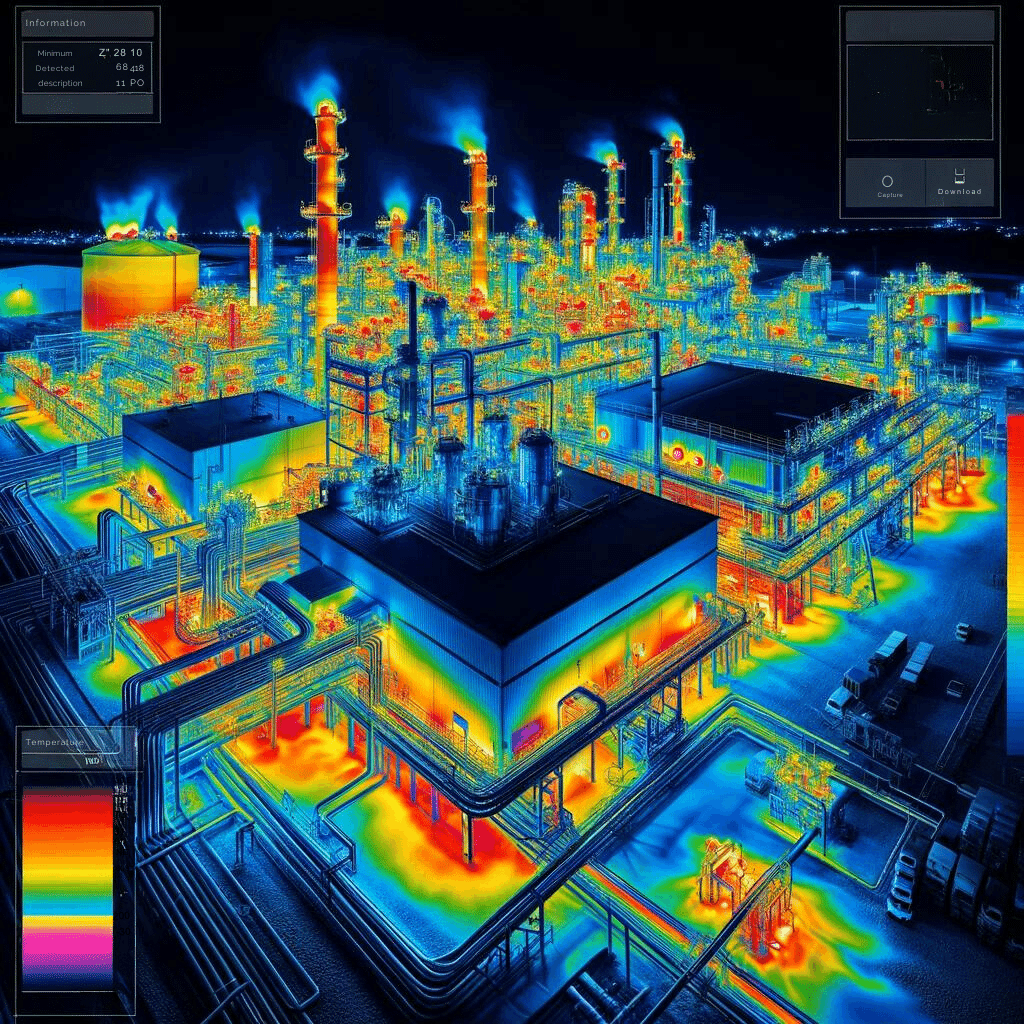
SPI’s Thermal PTZ Cameras with OGI
SPI’s cameras stand out due to their advanced features:
- High-Resolution Imaging: Ensures detailed and clear visualization of gas emissions, even at long distances.
- Customizable Spectral Filters: Allows for the detection of a wide range of gases by switching between different spectral filters.
- Rugged and Weather-Resistant Design: Suitable for harsh industrial environments.
Automation and Alarm Systems

SPI’s thermal PTZ cameras with OGI technology incorporate sophisticated automation and alarm systems:
- Automated Detection: The camera continuously scans the environment, automatically detecting gas emissions based on their thermal signatures.
- Alarm Triggering: Upon detecting a gas leak, the system can trigger an alarm. This is achieved through:
- Threshold Settings: Pre-defined levels of gas concentration that, when exceeded, activate the alarm.
- Integration with Control Systems: The camera can be integrated into broader security or industrial control systems, sending alerts and activating response protocols.
- Data Logging and Analysis: Captured data can be logged for analysis, helping in identifying patterns or recurrent issues.
Detectable Gases with Optical Gas Imaging (OGI) Technology
Optical Gas Imaging (OGI) technology is highly effective in detecting a range of gases that are important for environmental safety and industrial compliance. Key gases identifiable by OGI include:

- Methane: Often targeted due to its significant role in the oil and gas industry and its impact as a greenhouse gas.
- Sulfur Hexafluoride (SF6): Commonly used in electrical utilities, SF6 is monitored for its high global warming potential.
- Various Hydrocarbons: Essential in the petrochemical industry for detecting leaks and ensuring safe operations.
- Volatile Organic Compounds (VOCs): Monitored for air quality control and industrial safety.
This ability to pinpoint such gases makes OGI an invaluable asset across various sectors, from environmental monitoring to ensuring safety in industrial settings.
Conclusion
The integration of OGI technology into SPI’s thermal PTZ cameras represents a blend of sophisticated IR spectroscopy, advanced imaging technology, and automation. This synergy not only enhances the capability to detect and visualize gas emissions but also ensures an automated, responsive surveillance system. Ideal for industries dealing with hazardous gases, these cameras serve as critical tools for safety, compliance, and operational efficiency.
This in-depth look into the science and application of OGI in PTZ cameras underscores the importance of choosing the right technology for specific industry needs and showcases the advanced capabilities of SPI’s offerings in this domain.
Welcome To UAV1
All Things Thermal
At UAV1 we specialize in advanced thermal, night vision, and IR imaging cameras and systems. We custom design and build comprehensive long range surveillance cameras for mounted, vehicle, and mobile imaging operations.
Long Range Thermal Imaging PTZ Cameras
Long Range Thermal PTZ Cameras with IR rangefinders, auto-tracking, and up to 60km detection range.
Thermal Drone Cameras For Commercial and Personal Use
Micro thermal cameras designed specifically for drones, UAVs, and UAS, some weighing less than 160 grams, for extended range observation.
Night Vision Products
Night vision scopes, clip-on sights, accessories, and goggles tailored for military and hunting applications.
About UAV1
At UAV1, we harness the power of thermal imaging to offer solutions tailored to your company’s specific needs. Whether you’re looking to monitor infrastructure, conduct surveillance in low-light conditions, or detect energy inefficiencies in buildings, our state-of-the-art thermal cameras can provide unparalleled insights.
But why choose UAV1?
Thermal imaging is more than just a tool; it’s a window into a world unseen. Discover its potential and elevate your company’s operations to new heights. To explore how UAV1 can be your partner in this journey, contact us today.
